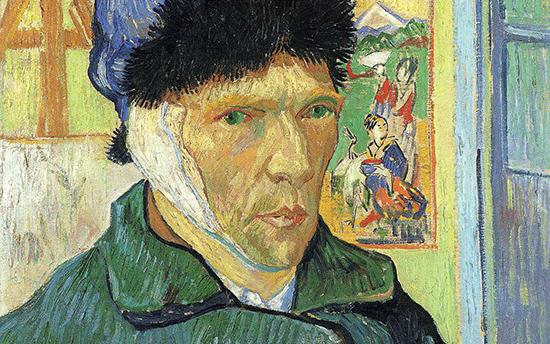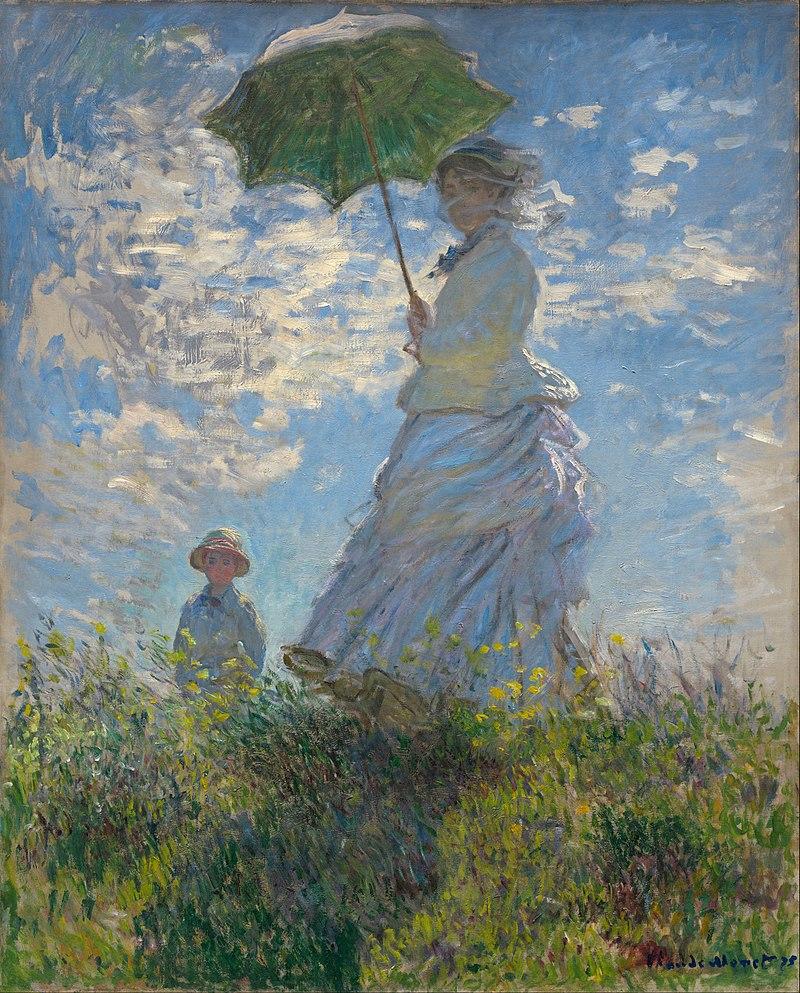It is important to note that many art movements and their corresponding styles are responses to the previous artistic approaches. While some of these movements were taking and adopting the ideas from the preceding ones, others were focused on integrating completely opposing frameworks. The given analysis will primarily focus on impressionism and post-impressionism, which was a response to the former movement. Both styles heavily rely on utilizing visible brushstrokes, color saturations, and form impressions, but post-impressionists rejected the idea of pointillism and naturalism in impressionism.

Figure 1 above showcases the post-impressionist art by Vincent van Gogh, whereas Figure 2 below is an example of impressionist art by Claude Monet. Firstly, the most critical difference is the use of color, specifically color contrast. Impressionists were most concerned with naturalistic approaches and realistic depictions of light, which is evident in Monet’s work. However, post-impressionists did not want to sacrifice the color contrast availability for natural light depiction, which is why van Gogh’s painting is more saturated as if it was a photo taken in a brightly lit room (Pollitt, 2015). Secondly, both artworks still remain truthful to the essence of impressionist design, style, and principles of using visible brushstrokes. Figures 1 and 2 demonstrate a clearly patterned media of footprints left by brushes, and the content of the painting is centered around impressing the forms through colors.

In conclusion, both impressionism and post-impressionism styles heavily rely on utilizing visible brushstrokes, color saturations, and form impressions, but post-impressionists rejected the idea of pointillism and naturalism in impressionism. It should be noted that post-impressionists did not want to sacrifice the color contrast availability for natural light depiction. However, both movements still remain truthful to the essence of impressionist design, style, and principles of using visible brushstrokes.
Reference
Pollitt, B. (2015). Vincent van Gogh, self-portrait with bandaged ear. Smart History. Web.